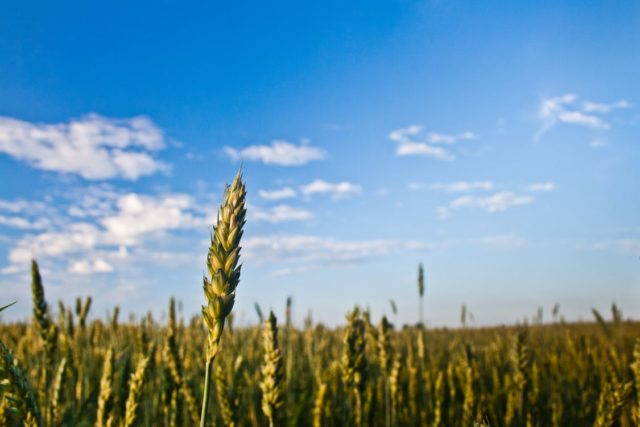Workshop | 2022-2023 State of the Union for Real Estate Investors & Entrepreneurs | September 21st @ 1:00 p.m. EDT
X

Choose an account type
Investing in Agriculture with your Self-Directed IRA
March 5, 2018
One of the many alternatives available for self-directed IRA investors is agriculture. Agriculture investments can help your retirement funds grow in two ways: First, a farm produces crops, and these crops generate income when sold. In addition, the value of the land may increase over time, resulting in tax-deferred capital gains. Investing in agriculture has become more popular in the past ten years. TIAA, a Fortune 100 financial services organization and the leading retirement investor for the academic community, owned no agricultural land in 2007. Today, they have more than $8 billion worth of farmland, including investments on behalf of itself and other institutional investors.

Why are institutional investors flocking to agriculture? Pension funds, university endowments, and sovereign wealth funds generally allocate 10-15% of their portfolios to natural resource investments as a hedge against equity and bond markets. Besides out-sized returns, agriculture is generally negatively correlated to the stock market. Next, the long term global demographics for agriculture are extremely favorable. The world’s population is growing towards 10 billion in the year 2050. In addition to more mouths to feed, populations tend to eat more protein as they get wealthier, which has been the trend for some time now. The other trend positively impacting investor outlook is urbanization. As cities grow, they tend to consumer arable land, driving up the value of other agriculture land.
From the individual investor perspective, agriculture and timber projects can provide the same benefits they do for managers of multi-billion-dollar portfolios. But up until recently, the barriers to entry for investors who want to diversify their portfolio have been high. Owning a farm outright is a great investment, but to realize the economies of scale to make it profitable, can take millions of dollars, not to mention a lot of knowledge, experience, and hard work. There are some farmland REITs with minimum investment requirements of $100,000 or more, but for someone who is new to the asset class, that can be a significant amount to put at risk. One can also invest in agricultural stocks like Deere & Company or Monsanto, but like any publicly-traded equity, they are often at risk of losses during greater market corrections. Harvest Returns is one company that offers a variety of agricultural investments for as little as $5,000 that can be invested in with a self-directed IRA. The company’s platform offers domestic and international opportunities for both accredited and non-accredited investors. Investors receive updates on their farm’s progress as well as dividends that can be quarterly or annual, depending on the type of crop or livestock being grown.
Many specialty crop farmers or young farmers just entering the business are unable to access these loans. For example, someone who wants to grow tree crops such as pecans or almonds, is unable to get a bank loan because the trees don’t produce a crop for several years. Moreover, in most emerging markets, where there is the possibility of out-sized returns for agriculture investors due to low land prices and labor cost, farmers just don’t have the access to credit enjoyed by American producers. Harvest Returns’ passive investment model provides individuals a way to diversify their portfolio with the world’s most important asset class.
Guest Article Written By: Chris Rawley, Founder of Harvest Returns

